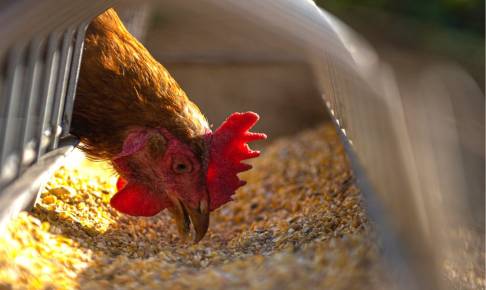Mycotoxins in grains: new plasma treatment promises improved decontamination
In a significant scientific breakthrough, researchers from the University of Alberta have introduced an innovative technique using atmospheric cold plasma to effectively decrease mycotoxin levels in wheat and barley grains, while simultaneously improving seed germination. This new method could have far-reaching implications for the food processing and livestock feed industries, offering efficient solutions to minimize grain waste and ensure the safety of both human and animal consumption.
Mycotoxins, harmful byproducts produced by fungi in warm and humid conditions, afflict more than a quarter of the world's grain production annually, leading to compromised crop quality and substantial financial losses. Moreover, these toxins pose severe threats to human and animal health.
Traditional food processing methods with high temperatures, such as roasting, baking, and frying, have proven insufficient in eliminating mycotoxins, calling for the development of more effective decontamination techniques. The findings of this research provide a promising avenue for safer and more efficient grain processing.
The team of scientists developed two forms of plasma (i.e. ionized gas and liquid), which they applied to barley and wheat grains contaminated with zearalenone and deoxynivalenol. The results were astounding, with the plasma treatment successfully reducing the levels of these toxins by an impressive 54%, marking a significant step forward in combating mycotoxins.
One remarkable aspect is the reduced time required for the process, which varies from a few minutes to one hour. Moreover, the approach is environmentally sustainable, as the plasma can be generated using air and electricity from renewable sources, minimizing its ecological footprint.
Furthermore, the researchers discovered that the method they developed could be a crucial improvement for the barley malting industry, as it improved seed germination rates by altering the surface properties of the grains, enhancing water absorption. Additionally, the plasma treatment also decontaminated the water used in the steeping process, which often contains traces of pesticides, bacteria, or fungi.
The technology is now available for licensing, opening doors for commercial adoption and further advancements in the field.
The team is now focused on scaling up the cold plasma method for broader applications, particularly in reducing microbial contamination in food and water.
Source:






















